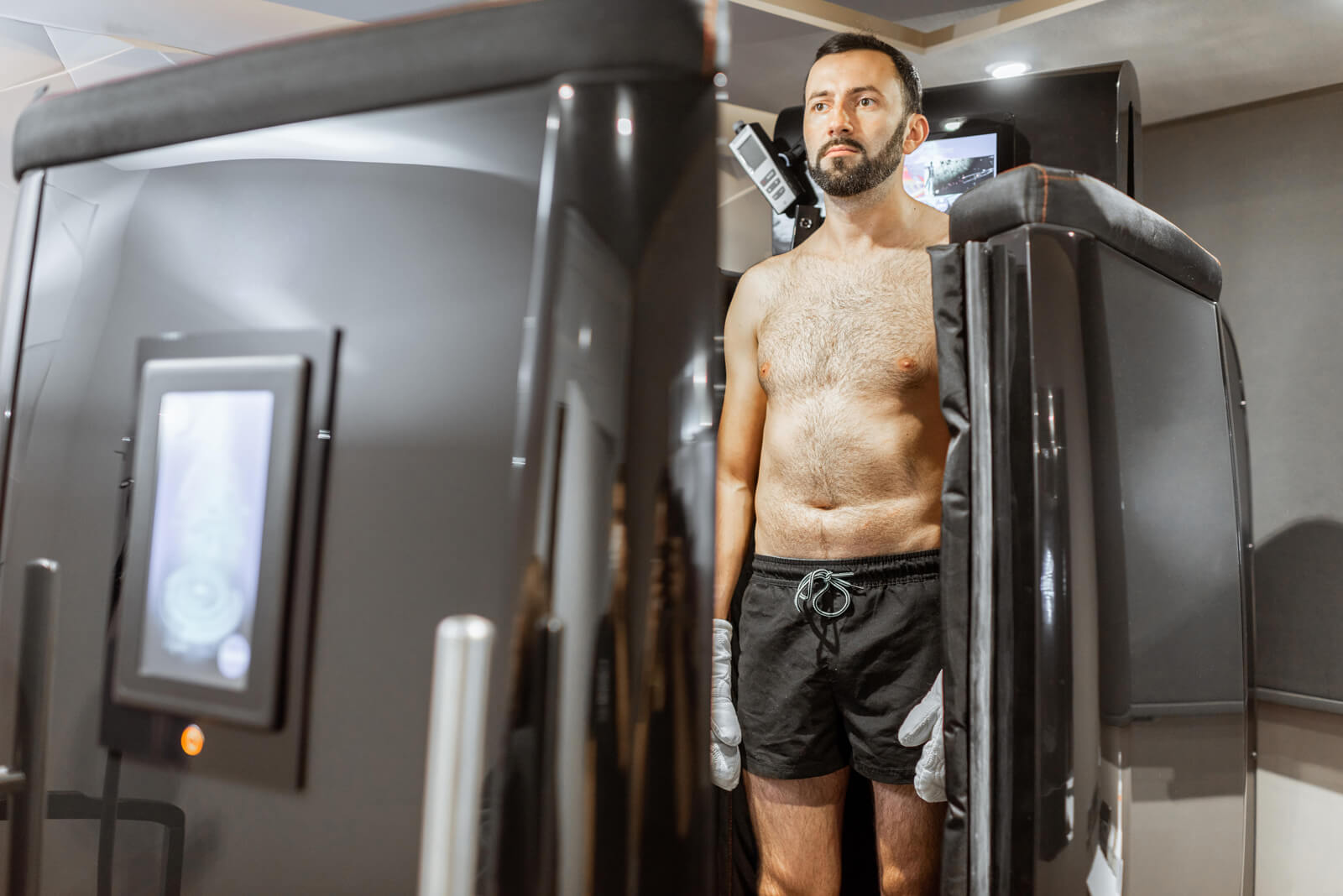No matter how healthy, driven or wellness-focused you are, the bottom line is that your emotions play a role in what–and why–you eat. From grief to frustration to stress to just plain boredom, food can distract from discomfort and provide a burst of temporary relief. However, that pleasant feeling is usually quickly replaced by guilt, shame, and frustration. Eating becomes an emotional roller coaster that feels difficult to control.
By understanding what’s at the core of your own emotional eating, you can identify your personal patterns, triggers, and habits that cause you to reach for food as comfort. We’ll also provide some alternative actions that alleviate stress while keeping you on track with your health and wellness goals.
Get acquainted with your triggers
Track what you eat for a week by writing down what, where, and why you eat. Pay close attention to your cravings. Examine the thoughts and feeling you had just prior to feeling your craving. Was it a criticism from your boss? A stressful message from your spouse? A sad memory from the past? Compare your notes at the end of the week and identify themes and events that nudge you toward emotional eating.
Eliminate your vices–and watch what happens
To further reinforce your understanding of the connection between your feelings and your cravings, find your biggest food vice and eliminate it from your diet for a month. You know what it is. It’s your guilty pleasure. The thing you “shouldn’t” have but always want. Commit yourself to taking it off your plate (literally and figuratively) then pay attention to the moments you find your mind flickering to that food for relief.
Choose an alternate activity
Once you have identified your triggers and can see the clear connection between how you feel and what you eat, replace unhealthy snacking, convenience meals or binge eating with activities that promote your wellbeing. Journaling, exercising, meditation, talking with a friend or relaxing in a hot bath…do whatever allows you to acknowledge your emotions without turning to food for solace.
Consult with a holistic nutritionist
It’s hard to replace emotional eating habits unless you have a healthy alternative to replace it with.
Speak to a nutritionist in your area or at a weight loss retreat who will take into consideration your lifestyle, favorite foods and weight loss goals. They’ll educate you about how your body processes food and work with you to create meals and snack ideas that give you energy while boosting your mood.
Focus on your whole health at a weight loss retreat
Become aware of how your diet fits into the overall picture of your health. Find a weight loss retreat in your area that aims to educate and support you through gentle methods, not boot camp-style rigor. At VeraVia, we believe that understanding how all your systems work together–mental, emotional and physical–is the key to moving toward overall wellness. Weight loss is just a fantastic side effect. The exercises and activities at a reputable weight loss retreat will help you get better acquainted with your own body and emotions and help you chart a course to enhance these areas, resulting in a happier, healthier overall you.
By digging deeper into the reasons you reach for particular foods, you’ll be able to isolate your emotional needs from your knee-jerk reactions. As you begin to build up alternatives–either new diet choices or activities that lift your spirits naturally–you’ll find that you feel better about yourself overall and your emotional eating cycle will become easier to manage.






